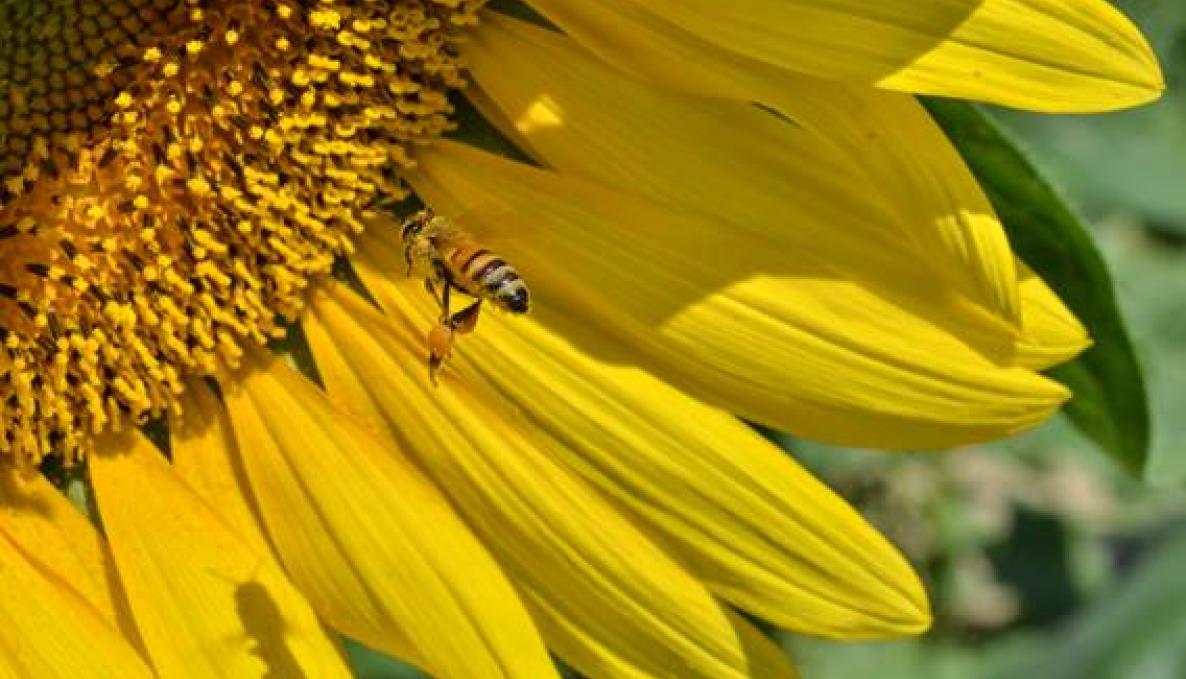AGROECOLOGy: sunflower pollination IN MEDITERRANEan ecosystems, a study by sant’anna scool life science institute researchers PUBlished in journal PLOS ONE

Sunflower originated in North America. Native American tribes probably domesticated the crop around 1000 B.C. In Europe and worldwide, sunflower is a major source of vegetable oil. Production of sunflower has increased over the past decade. Survey results released by EU project Horizon2020 QuESSA (Quantification of Ecological Services for Sustainable Agriculture) show an increasing demand for pollinators (honey bees) and that pollinator communities worldwide are threatened by multiple stressors such as agrochemicals, the loss of suitable habitats and habitat fragmentation. Although European sunflowers have been bred for increased self-fertility, some genotypes attract a greater abundance of pollinators while some hybrid varieties in semi-natural habitats present a lower seed set.
Researchers of Sant’Anna School Agro-ecology team Agustin Miquel Bartual, Gionata Bocci and Simone Marini, under the scientific supervision of Anna Camilla Moonen, examined the pollination status of sunflower while disentangling the effects of local and landscape variables on sunflower seed set and oil content in Central Italy. The goal of this study was to evaluate the benefits of insect pollination to different sunflower varieties. Commercial cultivars, regardless of their degree of self-fertility, showed increased seed set and oil content when receiving adequate amounts of cross-pollination; oil composition, though, was not affected by cross-pollination events. Sunflower seed set was higher in fields surrounded by landscapes containing a greater (95%) abundance of beehives (Apis mellifera), early flowering crops, urban areas and woody linear elements; conversely, seed set was lower where herbaceous semi-natural habitats dominated the surrounding landscape and sunflower seed mass was 26% higher on open flowers than on bagged ones.
Between 2014 and 2015, the research team worked with famers and landowners in Pisa (25 fields) to assess a science-based planning of agricultural policy and test agricultural landscape management systems that can lessen negative environmental impacts of agriculture and enhance natural agroecosystem function.
The Sant'Anna School Group of Agroecology is supporting the development of a shared action framework for agricultural biodiversity and quality food systems as part of the EU overall strategy to foster a transition to sustainable food systems.
Click here for the results published in the PLOS ONE journal.
Cover photo by Agustin Miquel Bartual



